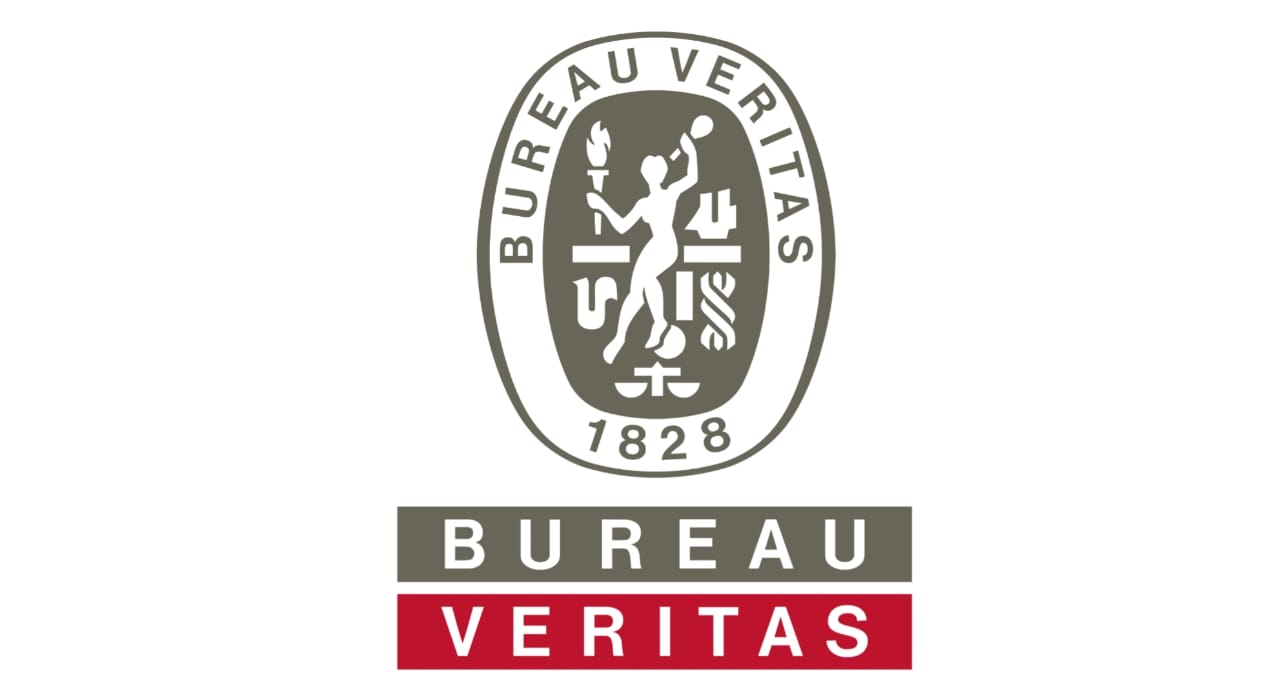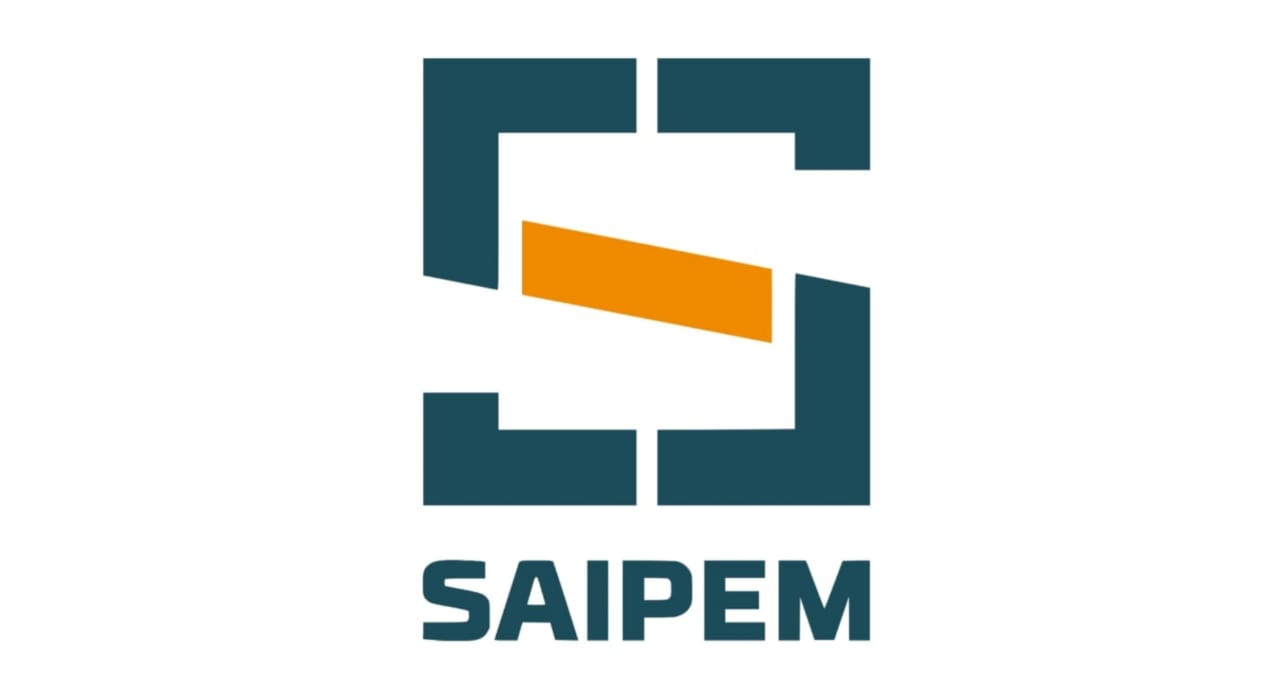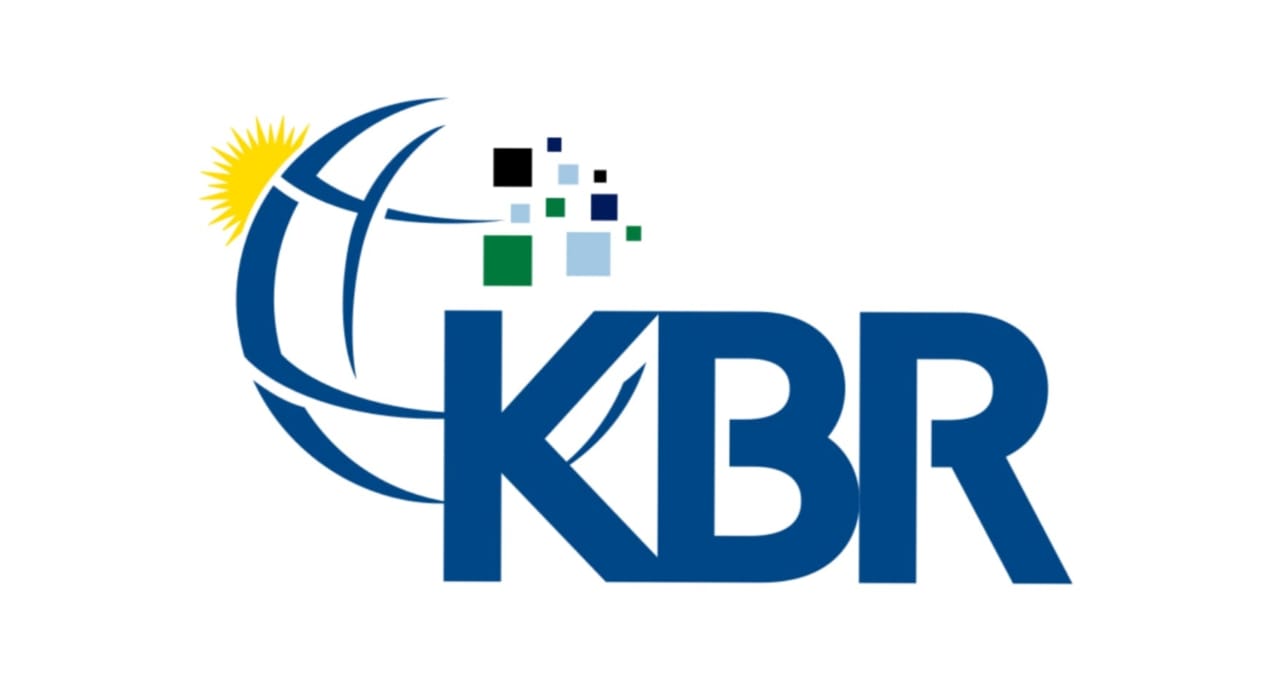Stage 3 HCIS Security Design: The Crucial Detail Design Phase
Detail Design phase, represents a critical juncture where the Installation Contractor takes the reins under the watchful eye of the consultant. Here, we delve into the intricacies of Stage 3 HCIS security design, exploring its significance, key components, and the collaborative dance between the Installation Contractor and the consultant.
Stage 3 HCIS Security Design: The Crucial Detail Design Phase
In industrial security, the High Commission for Industrial Security (HCIS) stands as a beacon of stringent standards and comprehensive frameworks. As industries continue to evolve, so do the challenges associated with safeguarding critical assets and ensuring the well-being of personnel. The third stage of HCIS security design, known as the Detail Design phase, represents a critical juncture where the Installation Contractor takes the reins under the watchful eye of the consultant. Here, we delve into the intricacies of Stage 3 HCIS security design, exploring its significance, key components, and the collaborative dance between the Installation Contractor and the consultant.
Understanding Stage 3: The Detail Design Phase
The Detail Design phase marks the transition from the conceptual and schematic stages to the concrete planning and execution of security measures. At this stage, the Installation Contractor assumes a pivotal role in translating high-level security requirements into tangible designs and specifications. Simultaneously, the consultant acts as a vigilant overseer, ensuring that the designs align seamlessly with HCIS standards and the overall security strategy.
Key Components of Detail Design
Risk Assessment Refinement: The foundation of any effective security design lies in a thorough risk assessment. During Stage 3, the Installation Contractor, with guidance from the consultant, refines and updates the risk assessment based on site-specific factors. This includes an in-depth analysis of potential threats, vulnerabilities, and consequences.
Technical Specifications: Detail Design involves the creation of precise technical specifications for security systems and components. This encompasses everything from surveillance cameras and access control systems to intrusion detection mechanisms. The specifications must align with HCIS standards and industry best practices, and the consultant plays a crucial role in verifying compliance.
Integration of Security Layers: A robust security strategy often involves the integration of multiple layers of protection. Detail Design is the phase where these layers – physical, electronic, and procedural – are intricately woven together. This integration aims to create a cohesive security environment that addresses a spectrum of potential threats.
Compliance Checks: HCIS standards are stringent and must be adhered to diligently. The consultant monitors the Detail Design process to ensure that every aspect complies with HCIS guidelines. This includes not only technical specifications but also procedural protocols and emergency response plans.
Documentation: Clear and comprehensive documentation is a cornerstone of effective security design. The Installation Contractor is responsible for creating detailed documentation of the security measures, and the consultant verifies the accuracy and completeness of these documents. This documentation becomes invaluable for future maintenance, audits, and ongoing security management.
As industries navigate the complex landscape of security design, the Detail Design phase emerges as a critical milestone in the HCIS framework. The collaboration between the Installation Contractor and the consultant during this stage is essential for transforming security concepts into tangible, effective measures. With meticulous attention to detail, adherence to HCIS standards, and a commitment to ongoing communication, the Detail Design phase becomes a linchpin in the overarching goal of industrial security – safeguarding assets, personnel, and the integrity of operations.









